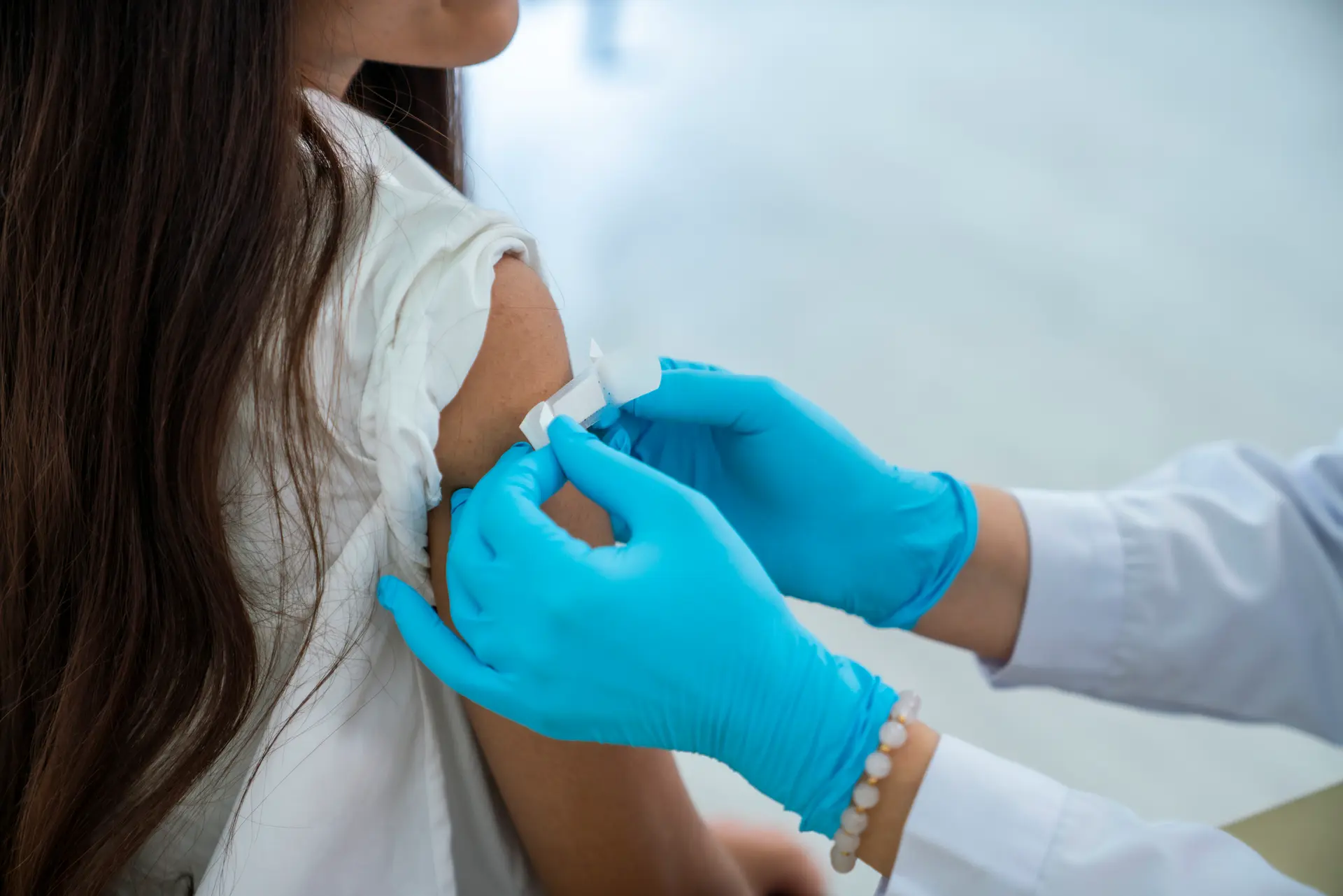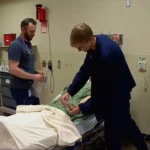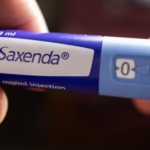Have you ever heard a distinctive, high-pitched gasp after a severe coughing fit? This sound is the hallmark of whooping cough, a serious respiratory illness that remains a concern globally. Known medically as pertussis, whooping cough is highly contagious. It affects the airways and can lead to severe, uncontrollable coughing spells. Understanding this illness is vital. Knowing what to know about whooping cough helps protect individuals and communities. This guide covers key facts about this challenging disease.

What Exactly is Whooping Cough (Pertussis)?
Whooping cough is a highly contagious bacterial infection. It specifically attacks the respiratory system. The culprit is a type of bacteria. This bacteria is called Bordetella pertussis. These tiny organisms attach to the cilia. Cilia are small, hair-like structures. They line the upper respiratory system. The bacteria release toxins. These toxins damage the cilia. They also cause swelling in the airways. This damage leads to the characteristic cough. The cough is often severe. It makes breathing very difficult.
The illness spreads easily from person to person. It travels through tiny droplets. People release these droplets when they cough or sneeze. Someone nearby breathes in these droplets. Then they can become infected. Whooping cough can affect people of all ages. However, it poses the greatest threat. This is especially true for babies. It is also very dangerous for young children. Teens and adults can get it too. Their symptoms might be milder. Yet, they can still spread the disease.
Understanding Whooping Cough Symptoms
The symptoms of whooping cough develop over time. They usually appear in stages. Knowing these stages helps identify the illness. Early symptoms can be tricky. They often seem like a common cold.
- Stage 1: Catarrhal Stage This stage lasts about 1 to 2 weeks. Symptoms are mild here. People might have a runny nose. They may experience sneezing. A low-grade fever is possible. They might have a mild cough. This cough slowly gets worse. It is easy to mistake this for a cold or bronchitis. But the person is already contagious. They can spread the bacteria now.
- Stage 2: Paroxysmal Stage This is the most noticeable stage. It lasts for 1 to 6 weeks. Sometimes it lasts even longer. The cough changes drastically. It becomes very severe. People have fits of rapid, violent coughing. These fits are called paroxysms. During a paroxysm, the person cannot breathe between coughs. After a fit, they often take a sudden, deep breath. This breath makes a distinct “whooping” sound. This sound gives the disease its name. Not everyone makes the “whoop.” Babies often do not. They might just stop breathing instead. This is called apnea. Coughing fits can be exhausting. They often end with vomiting. Sleep becomes very difficult. These coughing spells can happen many times a day and night.
- Stage 3: Convalescent Stage This is the recovery stage. It lasts for weeks or even months. The coughing fits gradually become less severe. They happen less often. The person starts to feel better slowly. Recovery can be slow. Coughing fits can return. This happens sometimes. It might occur with other respiratory infections.
Symptoms in babies are different. They might not have the classic “whoop.” Instead, they may struggle to breathe. They might turn blue. They could stop breathing temporarily (apnea). This makes whooping cough especially dangerous for infants. Teens and adults often have milder symptoms. They might have a prolonged cough. The cough is often severe. But they may not have the characteristic whooping sound. Despite milder symptoms, they can still spread the bacteria.
How Whooping Cough Spreads Easily
Whooping cough is famous for spreading quickly. It is incredibly contagious. The main way it spreads is through the air. When an infected person coughs or sneezes, they release tiny droplets. These droplets contain the Bordetella pertussis bacteria. People nearby breathe in these droplets. Then the bacteria enter their respiratory system.
Close contact helps it spread. Sharing air in enclosed spaces is risky. Homes, schools, and workplaces are common places for transmission. An infected person is most contagious early on. This is in the first two weeks. Symptoms are still mild then. They might not even know they have whooping cough. They continue to be contagious. This lasts until they complete about 5 days of antibiotics. If they don’t get treatment, they can spread it for weeks. This makes stopping its spread challenging. People don’t know they have it yet. Or they might not seek testing immediately.
Diagnosing Whooping Cough Accurately
Diagnosing whooping cough requires medical attention. A doctor will ask about symptoms. They will listen to the cough. They will consider potential exposure. A physical examination is also part of the process. However, the best way to confirm a diagnosis is through lab tests.
A doctor usually takes a sample. This sample comes from the back of the nose or throat. They use a special swab. The sample is sent to a lab. The lab tests for the Bordetella pertussis bacteria. Various tests can be used. One is a culture test. Another is a PCR test. PCR tests are common now. They are faster and more sensitive. Getting a diagnosis early is important. Early treatment works best. It can help reduce the severity of the illness. It also helps stop the spread to others.
Treating Whooping Cough Effectively
The primary treatment for whooping cough is antibiotics. Antibiotics kill the bacteria causing the infection. Treatment is most effective when started early. It works best during the first stage. This is before severe coughing fits begin. Antibiotics given later in the illness can still help. They can stop the person from spreading the bacteria. However, they may not shorten the duration of the cough itself.
Supportive care is also vital. People need plenty of rest. Staying hydrated is key. Drinking lots of fluids helps. Using a cool-mist humidifier can soothe airways. It might ease the cough. Avoiding smoke and other lung irritants is important. Eating smaller, more frequent meals can help. This is because coughing can lead to vomiting. Following the doctor’s instructions completely is crucial. This includes finishing all prescribed antibiotics.
Babies with whooping cough often need hospital care. This is because they are at high risk. They can have severe complications. They may need help breathing. They might need suctioning to clear mucus. Dehydration is also a concern. Hospitalization allows close monitoring and support. Older children, teens, and adults might manage the illness at home. This depends on symptom severity. Medical advice should always be sought.
Preventing Whooping Cough: Vaccination is Key
Vaccination offers the best protection against whooping cough. Vaccines are safe and effective. They significantly reduce the risk of getting the illness. They also reduce the risk of severe complications. Two main vaccines protect against pertussis.
- DTaP vaccine: This vaccine protects against diphtheria, tetanus, and pertussis. Infants and young children receive this vaccine. It is given as a series of shots. The schedule typically starts at 2 months of age. Booster doses are given through early childhood.
- Tdap vaccine: This is a booster shot. It also protects against tetanus, diphtheria, and pertussis. It is recommended for older children (around age 11 or 12). Teens, adults, and pregnant individuals should also get it. Getting Tdap during pregnancy is very important. The mother’s antibodies pass to the baby. This provides protection during the first few months of life. This is before the baby is old enough for their first DTaP shots.
Staying up-to-date with vaccinations is critical. It protects the vaccinated person. It also helps protect others around them. This is known as community immunity or herd immunity. When enough people are vaccinated, the bacteria have fewer chances to spread. This protects those who cannot be vaccinated. This includes very young infants. It also protects people with certain medical conditions.
Who is at Highest Risk for Complications?
While whooping cough can be serious for anyone, some groups face higher risks.
- Infants: Babies are the most vulnerable group. This is especially true for those under 6 months old. They have not received all their DTaP shots yet. Their immune systems are still developing. Whooping cough in infants can be life-threatening. They are more likely to suffer complications. These include pneumonia and brain damage. They often require intensive hospital care.
- Pregnant Individuals: Getting the Tdap vaccine during pregnancy protects the baby. It also protects the mother.
- People with Weakened Immune Systems: Conditions or medications that suppress the immune system can increase risk.
- Older Adults: While often experiencing milder symptoms, older adults can still develop complications like pneumonia.
Protecting these vulnerable groups is a key reason for widespread vaccination efforts.
Potential Complications of Whooping Cough
Whooping cough is more than just a bad cough. It can lead to several serious health problems, especially in infants and young children.
- Pneumonia: This is the most common complication. It is a lung infection. The bacteria can spread to the lungs. Or the constant coughing can weaken the lungs.
- Dehydration: Vomiting after coughing fits can lead to fluid loss. This is especially risky for babies.
- Weight Loss: Difficulty eating due to coughing and vomiting can cause weight loss.
- Seizures: Severe coughing can reduce oxygen to the brain. This can sometimes trigger seizures, particularly in infants.
- Brain Damage: In rare, severe cases, especially in infants, lack of oxygen from prolonged coughing fits can lead to brain damage.
- Rib Fractures: Violent coughing can put extreme strain on the body. Adults might experience bruised or fractured ribs.
- Syncope: Some people, particularly adults, may faint after intense coughing spells due to reduced blood flow to the brain.
- Ear Infections: These can occur as a secondary complication.
These complications highlight why early diagnosis, prompt treatment, and preventative measures like vaccination are so critically important when dealing with whooping cough.
Living with Whooping Cough (Care at Home)
If you or a family member are diagnosed with whooping cough and managing it at home, supportive care is vital.
- Rest: Get as much rest as possible. Fatigue worsens coughing fits.
- Fluids: Drink plenty of water, juice, or broth. Staying hydrated helps loosen mucus and prevents dehydration, especially if vomiting occurs.
- Humidifier: Use a cool-mist humidifier in the bedroom. This helps keep airways moist and may ease coughing.
- Avoid Irritants: Stay away from smoke, dust, and chemical fumes. These can trigger coughing fits.
- Small Meals: Eat smaller meals more frequently. This can help reduce the chance of vomiting after coughing.
- Follow Medical Advice: Strictly follow your doctor’s instructions regarding medication and isolation.
Remember that even after antibiotics, the cough can linger for weeks or months. This is part of the recovery process.
Whooping Cough Versus Other Coughs
Many illnesses cause a cough. So, how is whooping cough different? The key difference is often the sound and nature of the coughing fits. While colds or bronchitis cause a persistent cough, they usually don’t involve the intense, rapid-fire coughing spells characteristic of pertussis. The distinctive “whoop” sound, a gasp for air after a long coughing bout, is the most telling sign in older children and adults, though, as mentioned, it’s often absent in infants.
Whooping cough, or pertussis, is a serious and highly contagious respiratory illness. It is caused by bacteria and marked by severe coughing fits. Understanding what to know about whooping cough is essential for public health. The disease spreads easily through droplets in the air. Symptoms vary by age group. Diagnosis is made through lab testing. Antibiotics are the primary treatment. However, they are most effective when given early. Supportive care is also very important.
Vaccination remains the most effective tool to prevent whooping cough. Getting vaccinated on schedule protects infants, children, teens, and adults. It significantly lowers the risk of infection. Furthermore, it reduces the severity of illness if infection occurs. It also helps protect vulnerable individuals who cannot be vaccinated.
If you or someone you know develops symptoms consistent with whooping cough, especially severe coughing fits or the characteristic whooping sound, seek medical attention promptly. Early diagnosis and treatment can make a significant difference. Stay informed, stay vigilant, and ensure your vaccinations are current to help control the spread of this preventable disease.







